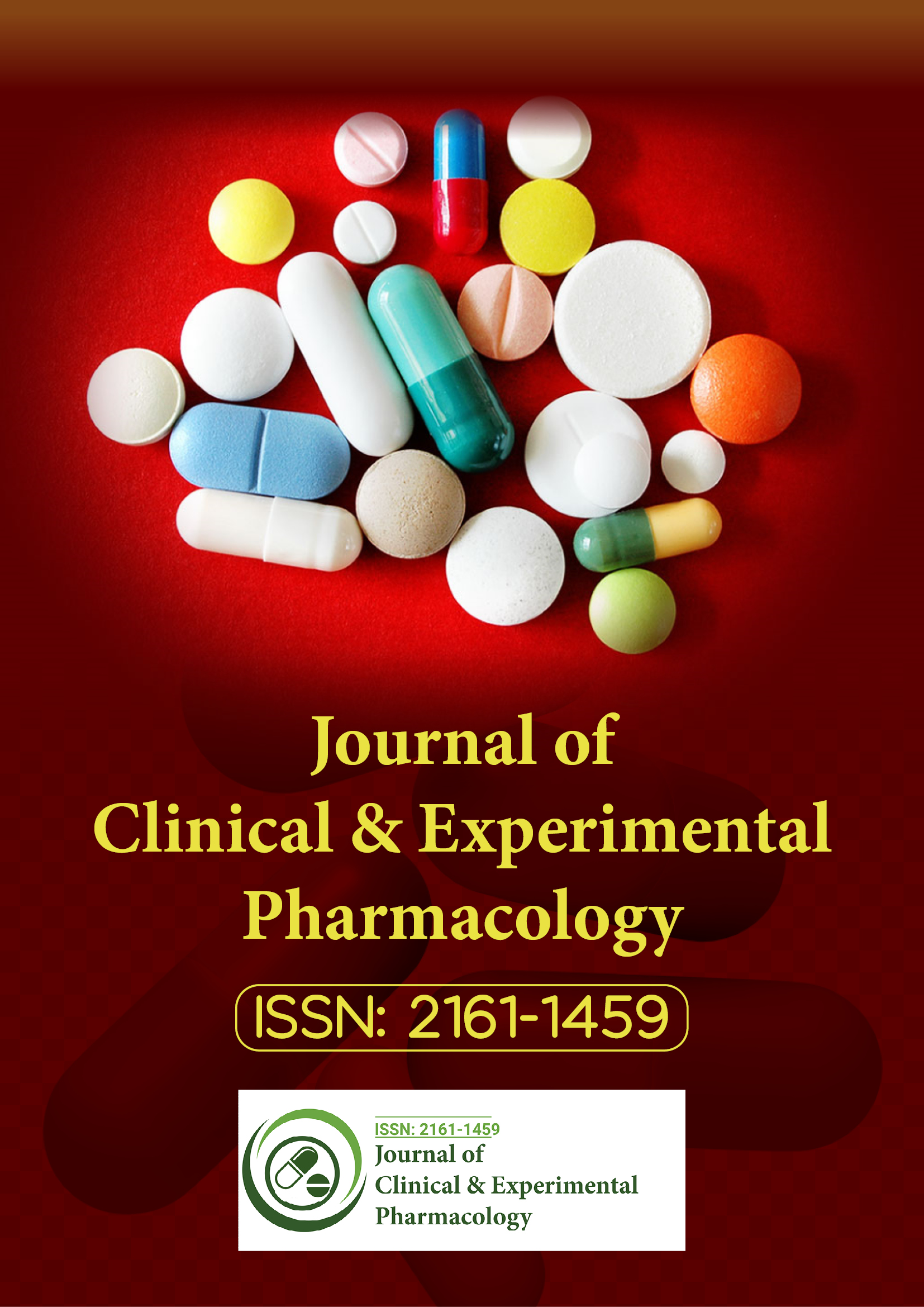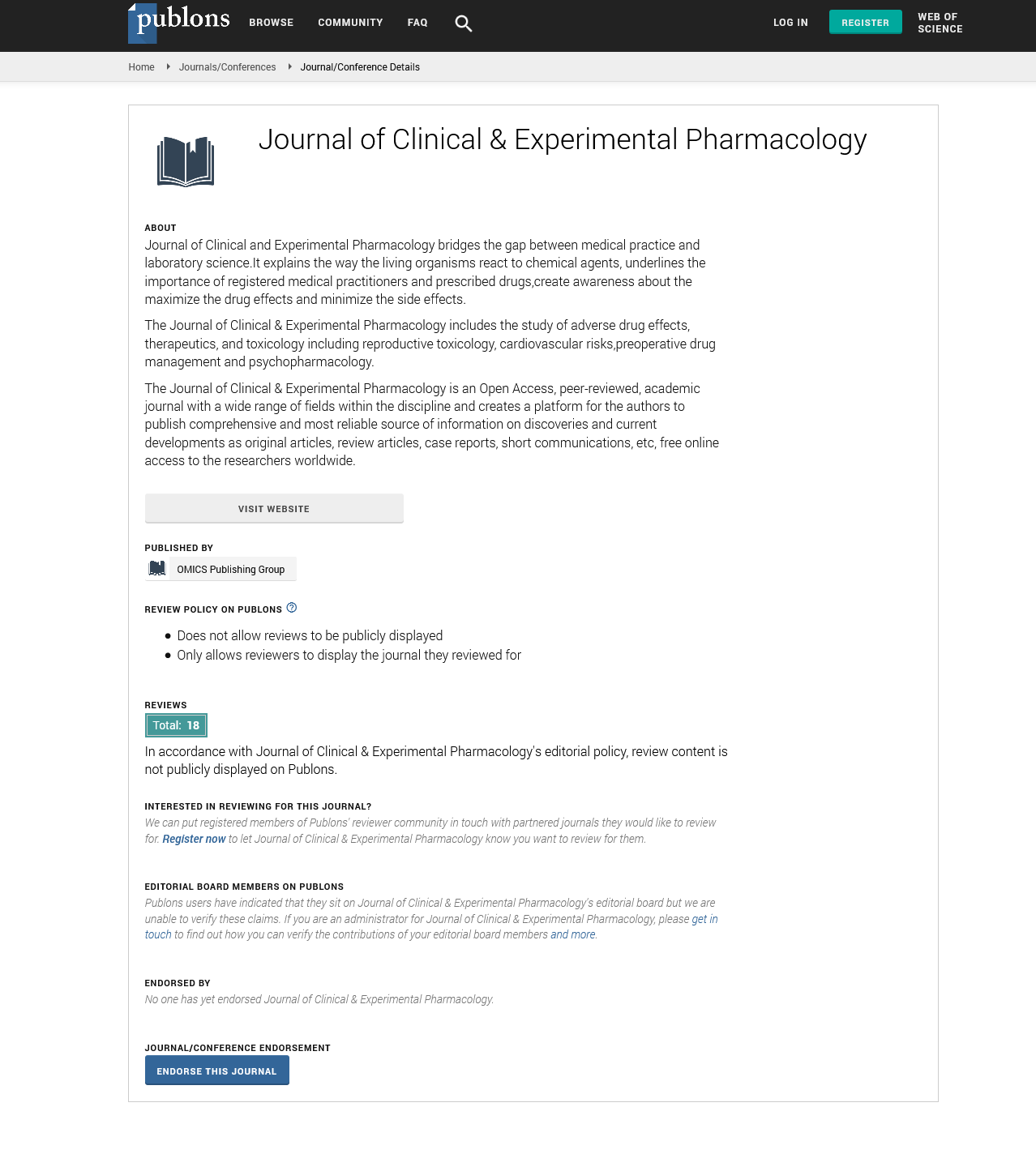Indexed In
- Open J Gate
- Genamics JournalSeek
- China National Knowledge Infrastructure (CNKI)
- Ulrich's Periodicals Directory
- RefSeek
- Hamdard University
- EBSCO A-Z
- OCLC- WorldCat
- Publons
- Google Scholar
Useful Links
Share This Page
Journal Flyer

Open Access Journals
- Agri and Aquaculture
- Biochemistry
- Bioinformatics & Systems Biology
- Business & Management
- Chemistry
- Clinical Sciences
- Engineering
- Food & Nutrition
- General Science
- Genetics & Molecular Biology
- Immunology & Microbiology
- Medical Sciences
- Neuroscience & Psychology
- Nursing & Health Care
- Pharmaceutical Sciences
Environmental factors and apoptotic indices in patients with intrauterine growth retardation: A nested case-control study
World Congress on Pharmacology
July 20-22, 2015 Brisbane, Australia
Khalid M Mohany, Mona A H El-Baz, Thorya S El-Deeb, Amira M El-Noweihi, Omar M Shaaban and Ahmed M Abbas
Posters-Accepted Abstracts: Clin Exp Pharmacol
Abstract:
Egypt has one of the highest incidences of IUGR. The current study investigates the effect of heavy metals toxicity as risk factors of IUGR and determines the possible role of increased apoptosis in their pathogenesis. This study was conducted in Assiut, Egypt which included 60 women diagnosed to have IUGR. We measured lead and cadmium levels in blood besides arsenic and cadmium levels in urine. Neonatal scalp hair sample were analyzed for arsenic content. Quantitative determination of human placental Bcl-2 and caspase-3 were performed. There were significantly higher levels of heavy metals and caspase-3 and lower levels of placental Bcl-2 in the IUGR group. The levels of heavy metals were positively correlated with caspase-3 while negatively correlated (except cadmium) with Bcl-2 levels. There is an alarming high level of heavy metals toxicity in Egypt that was positively correlated to IUGR. Increased placental apoptosis may be one of the possible mechanisms behind the effect.

